|

On eBay Now...
Excavated British Crimean War (1850\'s) buttons + Lion\'s Head; dug Sevastopol For Sale
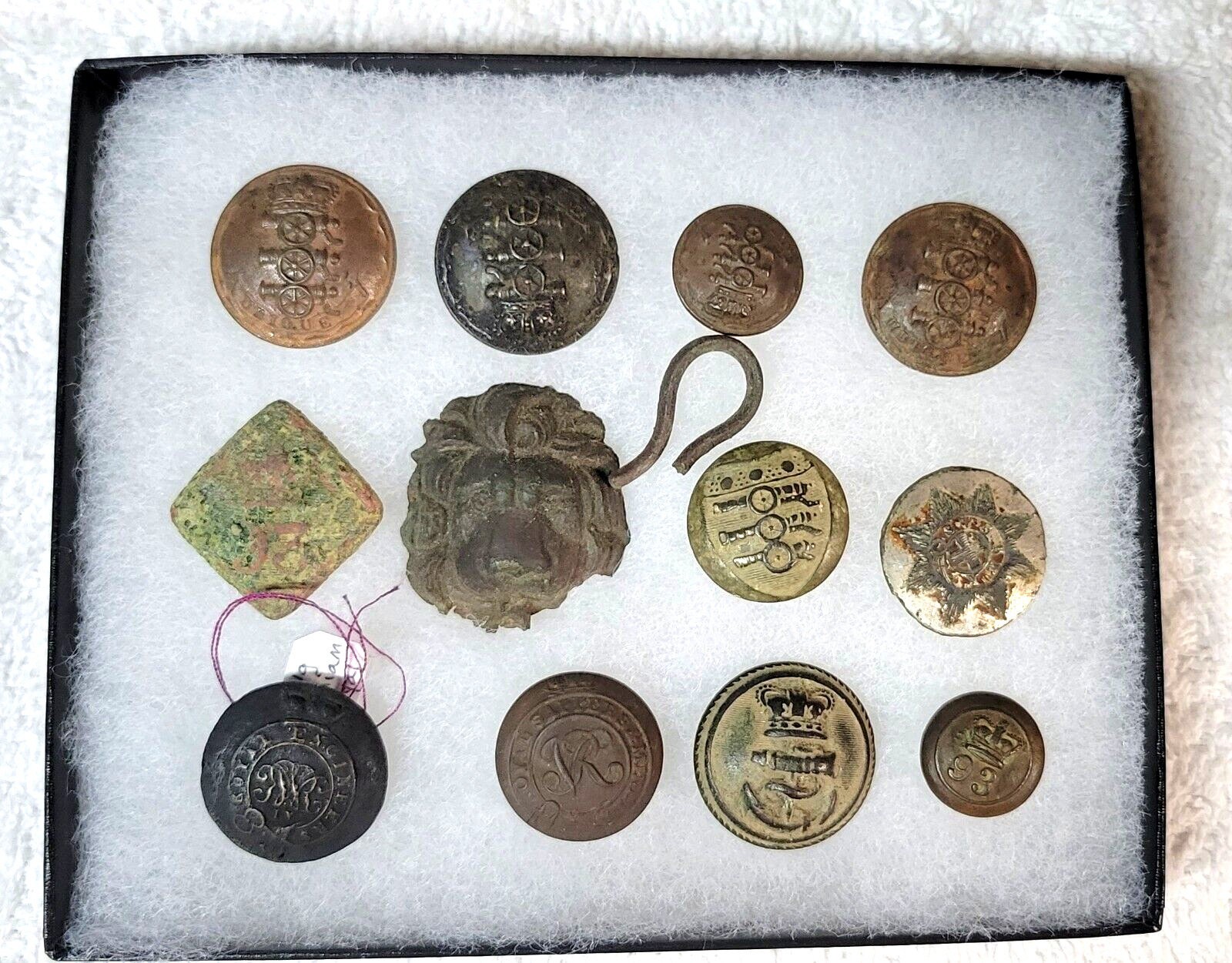
When you click on links to various merchants on this site and make a purchase, this can result in this site earning a commission. Affiliate programs and affiliations include, but are not limited to, the eBay Partner Network.

Excavated British Crimean War (1850\'s) buttons + Lion\'s Head; dug Sevastopol:
$280.00
All of these items are from the mid-1850\'s, with a few exceptions, slightly before or after. All are British and all were made in England. I will mention which ones 100% for-sure were dug in Sevastopol, the Crimean Peninsula, of the Ukraine. Exception will be mentioned and are my opinion based on many decades of collecting. I lump all these into \"Crimean War\" because most of them are.
From left to right, top to bottom:
- Absolutely gorgeous British artillery coat button with \"perfect\" light-brown patina. With a \"Firmin & Sons / 53 Strand / London\" perfect maker\'s mark on the reverse. This piece is top-notch quality and it\'s seldom seen in this condition. And yes, it\'s \"that\" maker that made so many Confederate buttons during 1862-1864. This button would look great in a Confederate button collection as an example of what Firmins was making and keeping in the UK for its own soldiers. This was dug south of the ancient city of Sevastopol in the Ukraine.
- Another \"Firmin & Sons\" British artillery coat button from Sevastopol.
- a \"perfect\" dug British artillery cuff button identical in condition to the first button I listed. It has a Firmins backmark and has its shank too. Dug Sevastopol.
- Another British artillery coat button with a bent-over shank and a slightly reddish color to it; dug Sevastopol.
- a very rare Scottish 93rd Sutherland Highlanders button from Sevastopol. This button has a greenish crust to it which only comes from being near a ............... (not allowed to use this term on ). The crust needs to remain on the button since it tells a sad story; plus it\'s impossible to remove. The shank is missing. This is THE unit that during the defense of Balaclava, the harbor used by the British, that coined the famous phrase, The Thin Red Line. This button was found in the actual battlefield area / camp ground, that coined this- the most famous military phrase in British military history.
A British Lion\'s Head from the side of a shako head-gear found south of Sevastopol. The hook device was dug with it but it\'s broken off. Can be re-glued if desired. Found Sevastopol.
An early 1800\'s British Regiment of Artillery button missing its shank. Found near Fredericksburg, Virginia, USA, if memory serves me correctly. Has an incredibly clear face with uncleaned back. This may date to the War of 1812.
A Scottish Regimental button with Scottish Christian cross symbol on it, missing its shank. Found in the UK. Has nice silver was still on it. I can\'t make out the writing on the back of the button.
British \"King William Royal Sappers / Engineers\" coat button. This is an enormously rare and highly valuable button dug in Sevastopol. I\'ve never seen another like it in over 30 years of collecting Crimean War artifacts. It\'s potentially worth hundreds of dollars to the right buyer. The face of the button says \"Royal Engineers\" in the ribbon. There is a crown symbol at the top. Outstanding condition for a button lost 160 years ago.
British \"Royal Sappers and Miners\" coat button; very rare button dug in Sevastopol. Made by \"Firmins\" in London, England.
British Navy coat button with \"Extra Treble / Strand\" back-mark on it. Probably made by \"Firmins\". Dug in the UK.
Scottish 93rd Highlanders, the \"Sutherland Regiment\", cuff button. Likely a commissioned officer\'s button. Dug in Sevastopol in the 93rd\'s camp near Balaklava. Gorgeous light brown patina to it. Rare \"Gilpin & Co. London\" back-mark. Dug south of Sevastopol. This famous camp is now a housing area and has been lost, largely, to metal detecting. This is THE unit that made famous the phrase, THE THIN RED LINE. (check the phrase out on Google for its importance).
A word about Crimean War artifacts. Metal detecting has been largely shut down there by the occupying Russians ever since they seized control of the Crimean Peninsula. These artifacts are another casualty of war from the Ukrainian conflict. They\'re becoming scarce and hard to find because the supply-line for relics has about dried up; get them while you can !!

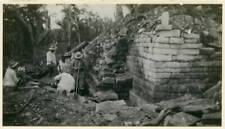
Excavation In Progress British Honduras G Laws 1927 OLD PHOTO $5.46

Photo 6x4 Site of Romano-British village Holme Recently excavated in a sa c2011 $2.49
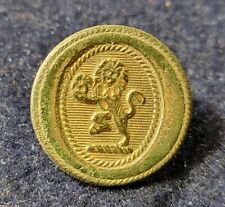
EARLY BITISH EAST INDIA COMPANY OFFICER CUFF SIZE BUTTON LION RAMPANT EXCAVATED $45.00
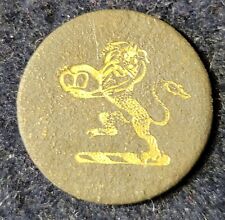
VERY EARLY BITISH EAST INDIA COMPANY OFFICER CUFF BUTTON LION RAMPANT EXCAVATED $45.00

EARLY BITISH EAST INDIA COMPANY OFFICER CUFF SIZE BUTTON LION RAMPANT EXCAVATED $45.00
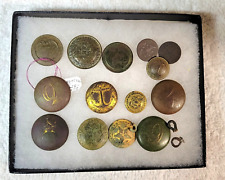
160 yr-old Excavated Crimean War (1853-56) French & Russian buttons; Sevastopol $156.87

Max Andersson The Excavation (Hardback) (UK IMPORT) $43.93
|